Home>Dining>Tableware>What Kind Of Paint Should Be Used For Wine Glasses?
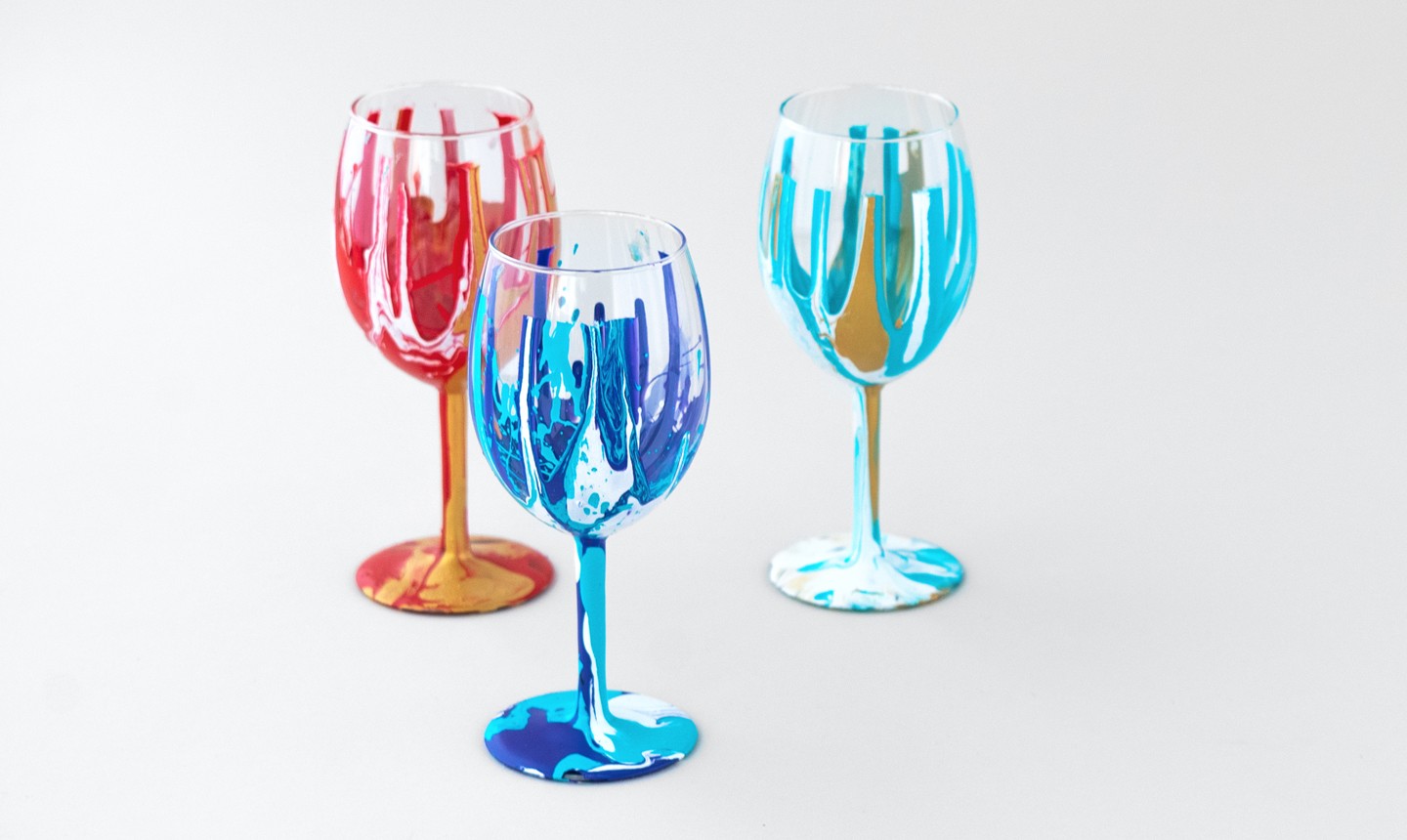

Tableware
What Kind Of Paint Should Be Used For Wine Glasses?
Modified: February 5, 2024
Looking to paint your wine glasses? Discover what kind of paint is best suited for tableware and create unique and stunning designs for your glassware.
(Many of the links in this article redirect to a specific reviewed product. Your purchase of these products through affiliate links helps to generate commission for Storables.com, at no extra cost. Learn more)
Introduction
Painting wine glasses can be a delightful and creative way to add some personal touch to your tableware. Whether you want to create a custom-designed set of glasses for a special occasion or simply add a pop of color to your everyday glassware, choosing the right kind of paint is crucial for achieving the desired result.
When it comes to painting wine glasses, there are several factors to consider, including the type of glass, the type of paint, and any safety considerations. Each of these factors plays a significant role in determining the durability and longevity of the paint on your wine glasses.
In this article, we will explore the different types of paint that can be used for wine glasses, discuss the application techniques, and provide tips on how to properly care for and maintain painted wine glasses. So, whether you’re a novice artist or a seasoned DIY enthusiast, read on to discover the best paint options and techniques for your wine glass painting projects. These artistic touches can transform ordinary wine glasses into unique pieces, perfect to set your table with a personal flair.
Key Takeaways:
- Choose the right paint type, such as acrylic, glass, or enamel, based on your desired finish and durability. Consider safety and application techniques to create beautifully painted wine glasses that reflect your style and personality.
- Properly cure and heat set the paint to ensure longevity, and practice handwashing and gentle cleaning techniques to preserve the beauty of your painted wine glasses. With the right care and maintenance, your hand-painted creations can be treasured and enjoyed on many special occasions.
Read more: What Kind Of Paint For Glass
Factors to Consider
Before you start painting wine glasses, it’s important to consider a few key factors that will help you choose the appropriate type of paint. These factors include the type of glass you’ll be painting on, the type of paint that is compatible with glass surfaces, and any safety considerations.
The type of glass you’ll be painting on is an important consideration because different types of glass have different surface properties. For example, if you’re painting on a smooth, non-porous glass surface, such as a wine glass made of crystal or tempered glass, you’ll have more options when it comes to the type of paint you can use. On the other hand, if you’re painting on a textured or frosted glass surface, you may need to choose a paint that is specifically formulated for that type of glass.
When it comes to the type of paint, there are a few options to consider. Acrylic paint is a popular choice for painting wine glasses because it is versatile, readily available, and comes in a wide range of colors. It is also easy to use and dries quickly. Another option is glass paint, which is specially formulated to adhere to glass surfaces and provide long-lasting results. Glass paint often comes in transparent or translucent finishes, allowing light to pass through the painted area. Enamel paint is another option, particularly for those who want a glossy and durable finish on their wine glasses.
Safety considerations are important when working with paints, especially if the painted glasses will be used for drinking purposes. Make sure to choose paints that are labeled as non-toxic and food-safe. It’s also a good idea to avoid using lead-based paints, as they can be harmful if ingested. Additionally, consider using water-based paints, as they are generally safer to work with and easier to clean up.
By considering the type of glass, the type of paint, and any safety considerations, you’ll be able to make informed decisions when it comes to painting wine glasses. Now that we’ve explored the factors to consider, let’s delve into the different types of paint that can be used for wine glasses.
Types of Paint for Wine Glasses
When it comes to painting wine glasses, there are several types of paint that you can choose from, each with its own unique characteristics and benefits. Let’s take a closer look at some popular options:
1. Acrylic Paint: Acrylic paint is a versatile and widely available option for painting wine glasses. It is water-based and dries quickly, making it easy to work with. Acrylic paint comes in a wide range of colors and finishes, including matte, gloss, and metallic. One advantage of acrylic paint is its ability to adhere to glass surfaces without the need for a primer. However, it is important to note that acrylic paint may not be as durable as other types of paint, so it is recommended to hand wash glasses painted with acrylic paint to prolong their lifespan.
2. Glass Paint: Glass paint is specifically formulated to adhere to glass surfaces and provide excellent adhesion and durability. It is available in both transparent and opaque finishes, allowing for a variety of effects. Glass paint is typically heat-cured, meaning it needs to be baked or set with heat to achieve maximum adhesion and longevity. Once heat-cured, glasses painted with glass paint can be hand washed without the risk of the paint chipping or peeling off. Glass paint is a great option if you want a professional-looking finish on your wine glasses.
3. Enamel Paint: Enamel paint is known for its glossy and durable finish. It is oil-based and typically comes in small bottles or tubes. Enamel paint can be used on a variety of surfaces, including glass. It provides excellent adhesion and is resistant to chipping and fading over time. However, enamel paint may require a longer drying time compared to acrylic or glass paint. It is recommended to follow the manufacturer’s instructions for curing and drying enamel paint on wine glasses to ensure the best results.
These are just a few examples of the types of paint that can be used for painting wine glasses. Each type has its own unique properties, and choosing the right paint will depend on your desired outcome and personal preference. Now that we’ve explored the different types of paint, let’s move on to the application techniques for painting wine glasses.
Application Techniques
When it comes to painting wine glasses, there are various application techniques that you can use to achieve different effects and designs. Here are some popular techniques that you can try:
1. Brushing: Brushing is the most common and straightforward technique for painting wine glasses. Simply use a small paintbrush to apply the paint onto the glass surface. You can create thin, precise lines or broader strokes depending on the brush size and pressure applied. Brushing allows for greater control and precision, making it ideal for intricate designs and details.
2. Stenciling: Stenciling is a technique that involves using a pre-cut stencil to guide your painting. Place the stencil on the glass and secure it in place. Then, carefully apply the paint over the stencil using a brush or sponge. When you remove the stencil, you’ll be left with a clean and defined design. Stencils are available in various designs and patterns, allowing you to create professional-looking artwork on your wine glasses with ease.
3. Dotting: Dotting is a technique that involves using a brush, sponge, or even a cotton swab to create a pattern of dots on the glass surface. This technique is great for creating polka dot patterns, floral designs, or abstract artwork. You can vary the size and color of the dots to add depth and visual interest to your painted wine glasses.
4. Freehand Painting: Freehand painting is all about letting your creativity flow. With this technique, you can paint directly onto the glass surface without any stencils or guidelines. Use a brush or other painting tools to create your desired design. Freehand painting allows for a more spontaneous and artistic approach, giving you the freedom to experiment with different brushstrokes and colors.
Experiment with different application techniques to find the one that suits your style and desired outcome. You can even combine different techniques to achieve more intricate and unique designs. Now that you know the application techniques, let’s move on to the curing and heat setting process for painted wine glasses.
When painting wine glasses, use enamel or glass paint for best results. These types of paint are designed to adhere to glass surfaces and are dishwasher safe once cured.
Curing and Heat Setting
After applying the paint on your wine glasses, it’s important to properly cure and heat set the paint to ensure its longevity and durability. Curing and heat setting processes vary depending on the type of paint used. Here are two common methods:
1. Air Drying: Air drying is the simplest and most convenient method for curing certain types of paints, such as acrylic paint. Once you have finished painting your wine glasses, place them in a clean and dust-free area where they can air dry. Allow the paint to dry completely according to the manufacturer’s instructions. This process typically takes several hours or overnight. Keep in mind that air-dried paint may not be as durable as heat-set paint, so it’s important to handle the glasses with care.
2. Oven Curing: Oven curing is commonly used for glass paints and enamel paints that require heat activation. Preheat your oven to the temperature recommended by the paint manufacturer, usually around 300-350°F (150-175°C). Once the oven is preheated, carefully place your painted wine glasses on a baking sheet or in a baking dish and put them in the oven. Bake the glasses for the specified amount of time, usually around 30-40 minutes. After the baking time is complete, allow the glasses to cool down slowly inside the oven before removing them. Oven curing helps to set the paint and improve its adhesion, resulting in a more durable finish.
It’s important to follow the specific instructions provided by the paint manufacturer for curing and heat setting. This will ensure that your painted wine glasses achieve the best possible results and maintain their appearance over time. Once the curing process is complete, you can move on to using and displaying your painted wine glasses.
Now that we have covered the curing and heat setting process, let’s discuss the care and maintenance of painted wine glasses to help preserve their beauty and longevity.
Read more: What Kind Of Paint Do You Use On Glass
Care and Maintenance of Painted Wine Glasses
Proper care and maintenance are essential to preserve the beauty and longevity of your painted wine glasses. Here are some important tips to keep in mind:
1. Handwashing: To ensure the longevity of the paint on your wine glasses, it is recommended to hand wash them instead of using a dishwasher. The high heat and abrasive detergents in dishwashers can cause the paint to chip or fade over time. Gently wash the glasses with mild soap and warm water, using a soft sponge or cloth. Avoid scrubbing the painted surface too vigorously to prevent any damage.
2. Avoiding Abrasive Materials: When cleaning your painted wine glasses, avoid using abrasive materials such as scrub brushes, harsh sponges, or abrasive cleaners. These materials can scratch or erode the paint. Instead, opt for soft materials and gentle cleaning techniques to maintain the integrity of the painted surface.
3. Proper Storage: When not in use, it’s important to store your painted wine glasses properly to protect them from scratches and potential damage. Consider using individual storage bags or dividers to keep the glasses separate from each other. Avoid stacking them without any protective padding in between. Additionally, store the glasses in a cool and dry place to prevent any moisture or humidity from affecting the paint.
By following these care and maintenance tips, you can ensure that your painted wine glasses continue to look vibrant and beautiful for a long time. With proper care, your hand-painted creations can be treasured and enjoyed on many special occasions.
Now that we’ve covered the care and maintenance of painted wine glasses, let’s conclude our discussion.
Conclusion
Painting wine glasses can be a fun and creative way to add a personal touch to your tableware. By considering the type of glass, choosing the right type of paint, and following proper application techniques, you can create beautifully painted wine glasses that reflect your style and personality.
Whether you prefer the versatility of acrylic paint, the durability of glass paint, or the glossy finish of enamel paint, each type has its own unique qualities and benefits. Remember to consider safety considerations when selecting paints that are non-toxic and food-safe.
When it comes to application techniques, brushing, stenciling, dotting, and freehand painting offer endless possibilities for creating intricate designs and patterns on wine glasses. These techniques allow you to express your creativity and experiment with different effects.
Properly curing and heat setting the paint is crucial for ensuring its longevity and durability. Whether you choose to air dry or oven cure, following the manufacturer’s instructions is essential for achieving the best results.
To keep your painted wine glasses looking their best, it’s important to practice proper care and maintenance. Handwashing, avoiding abrasive materials, and storing them in a safe place will help protect the painted surface and extend their lifespan.
So, whether you’re painting wine glasses for a special occasion or simply adding a touch of color to your everyday tableware, take the time to choose the right paint, apply it with care, and maintain it properly. With a little creativity and attention to detail, your painted wine glasses will become cherished pieces that add joy and style to your table settings. Set your table with these unique creations, and they’ll be admired and appreciated for years to come.
Now, it’s time to unleash your creativity, grab your paintbrushes, and start transforming your ordinary wine glasses into personalized works of art!
Frequently Asked Questions about What Kind Of Paint Should Be Used For Wine Glasses?
Was this page helpful?
At Storables.com, we guarantee accurate and reliable information. Our content, validated by Expert Board Contributors, is crafted following stringent Editorial Policies. We're committed to providing you with well-researched, expert-backed insights for all your informational needs.
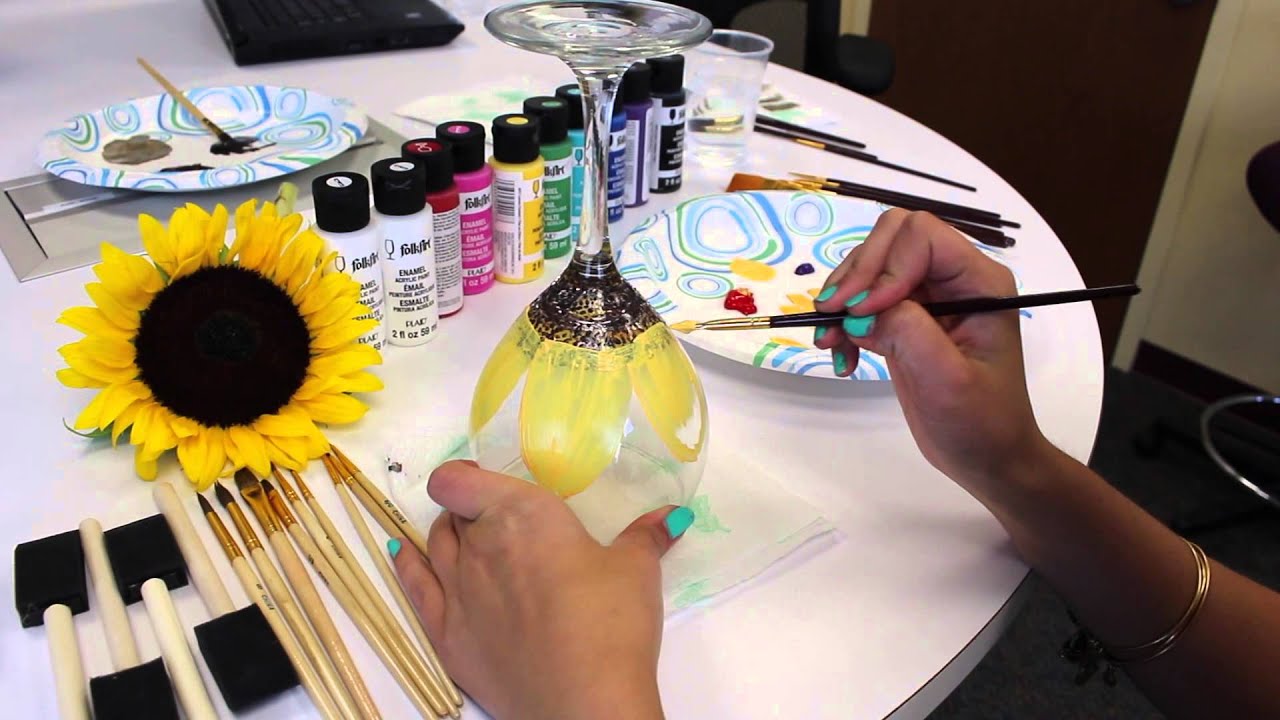
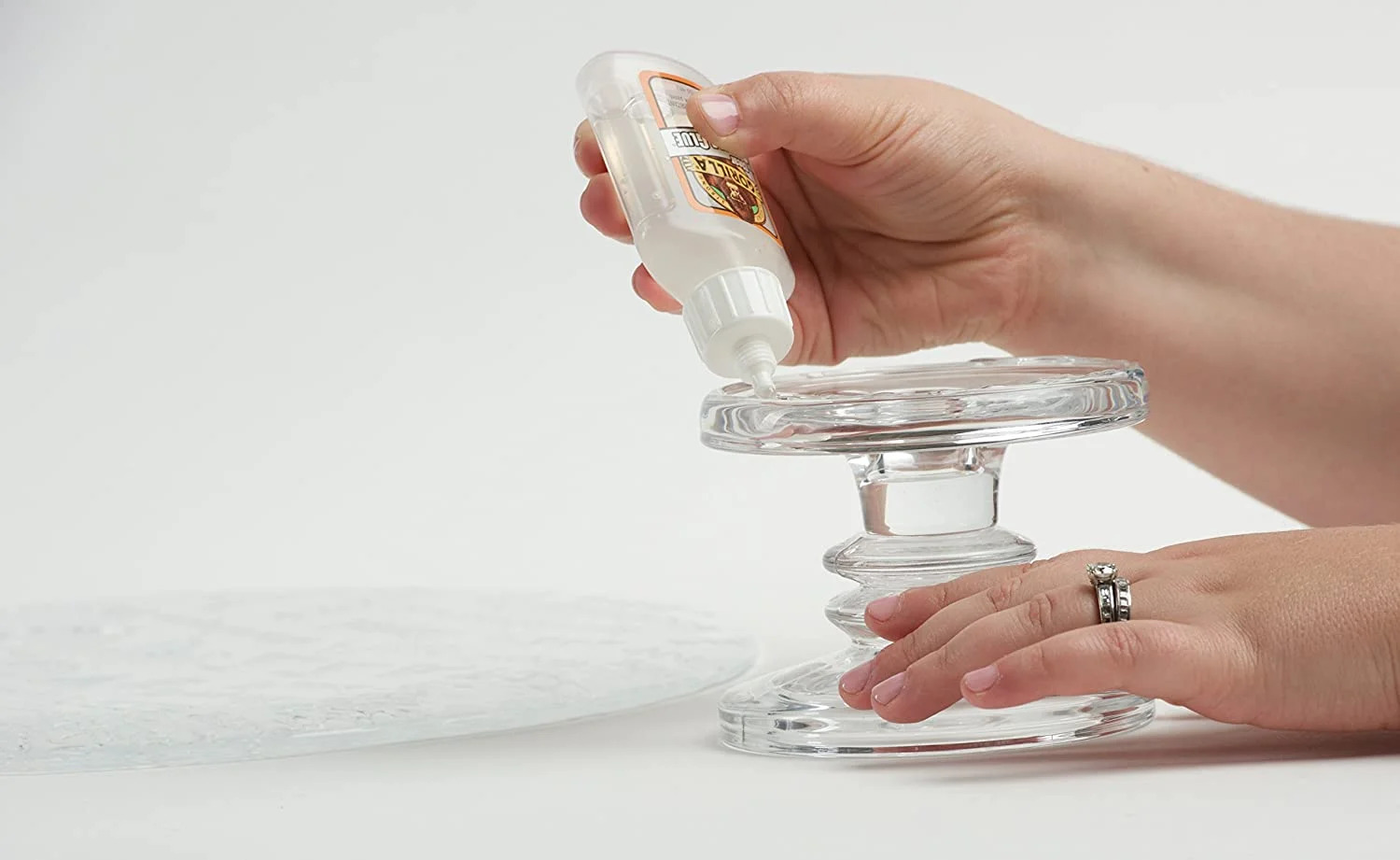

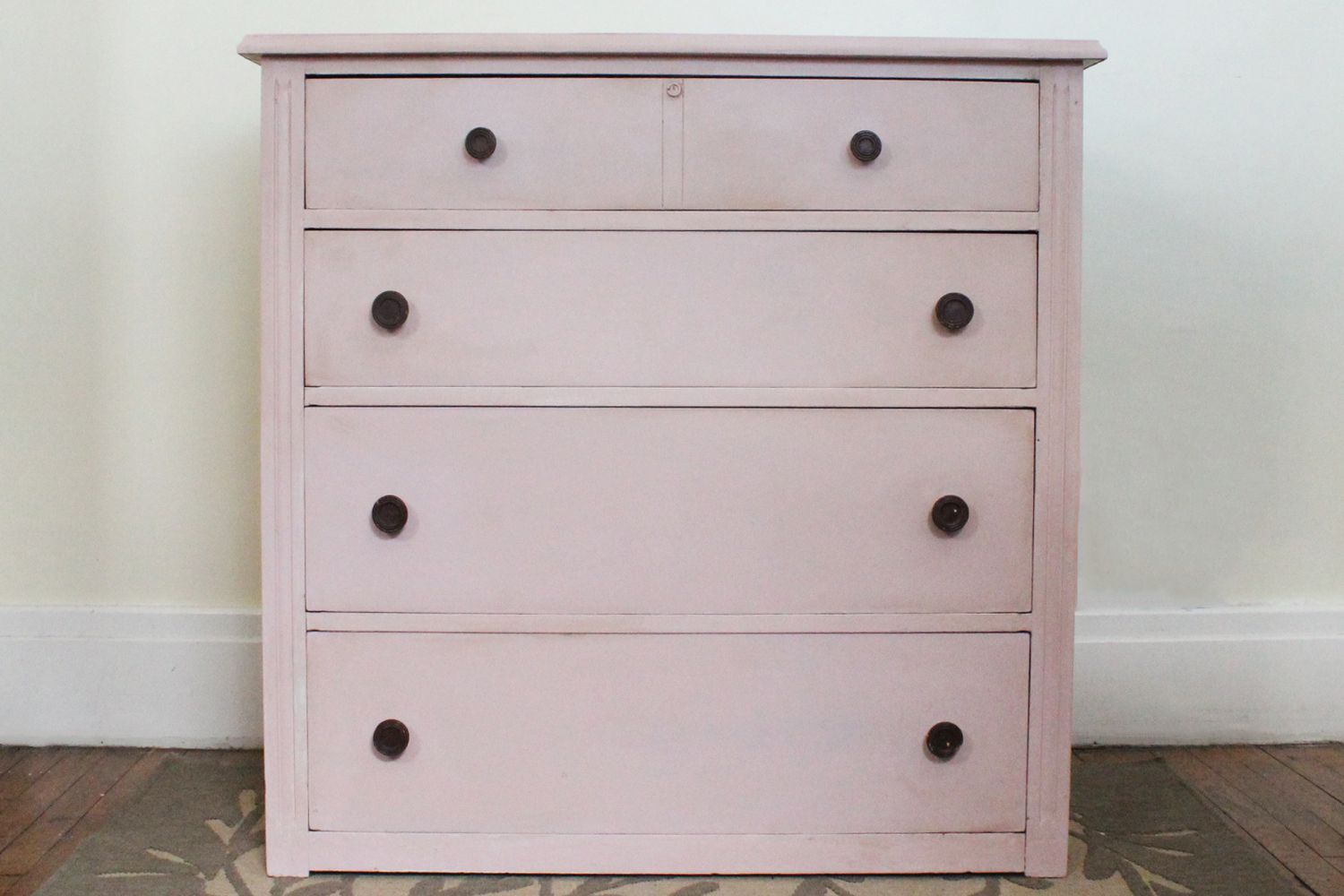
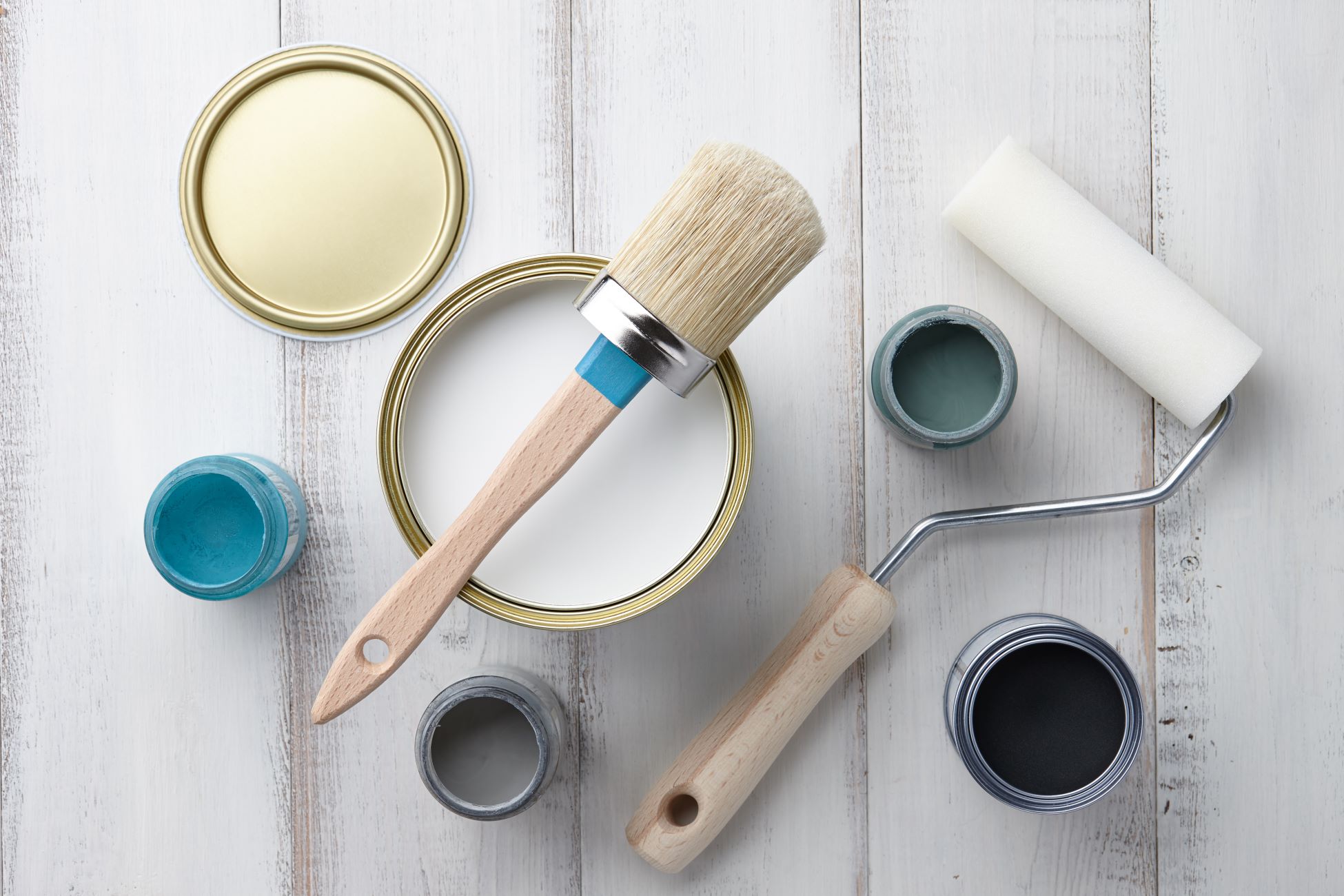
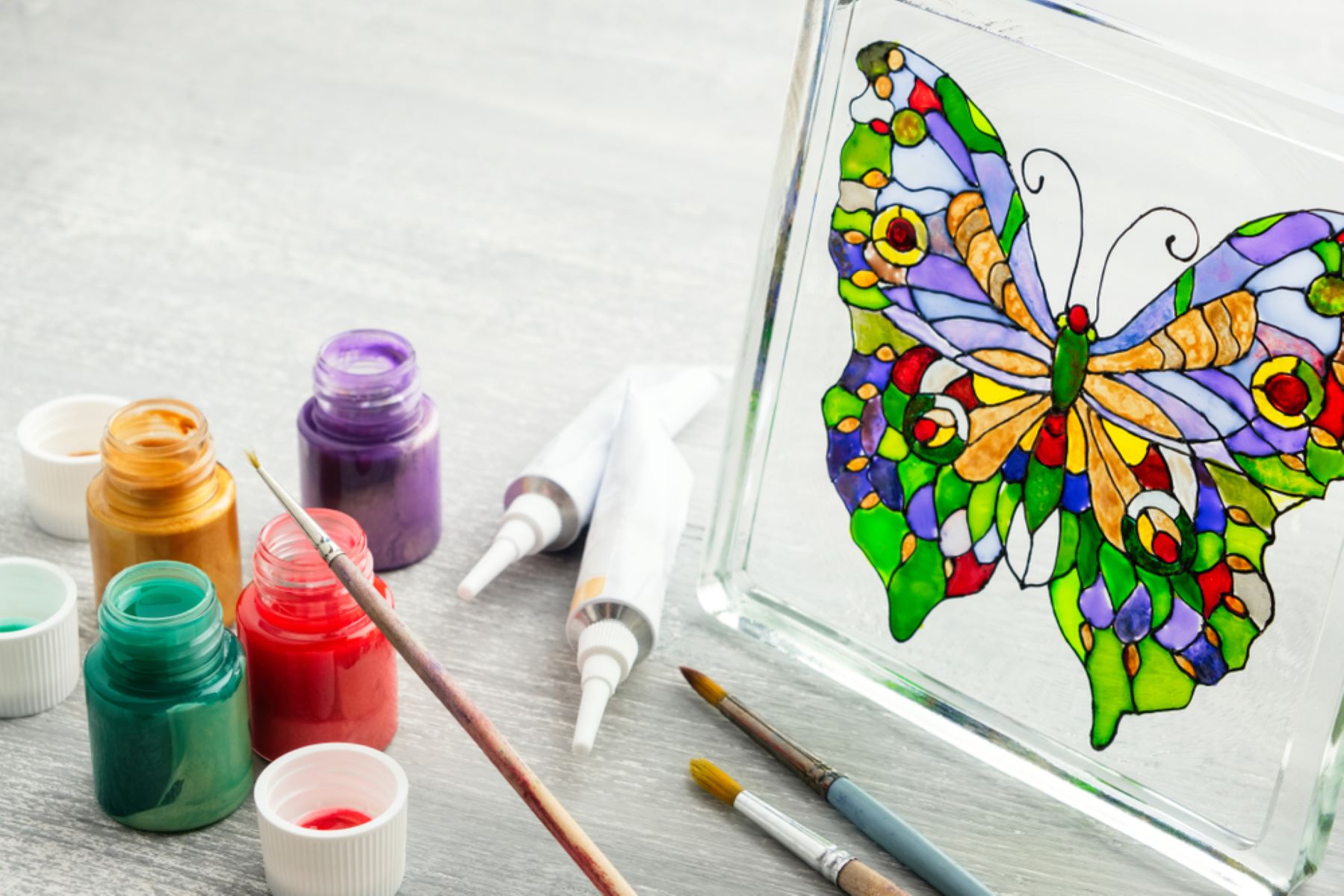
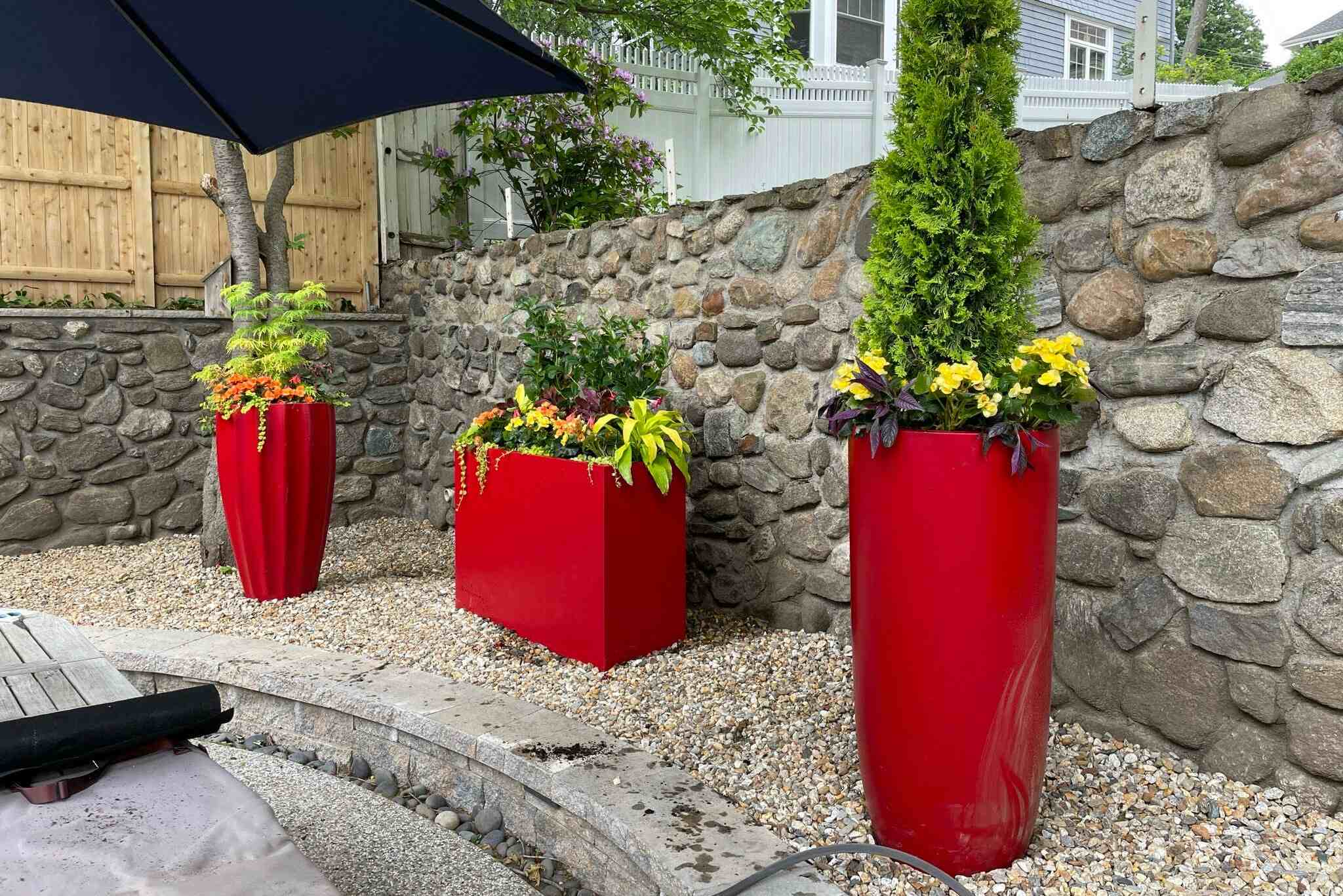
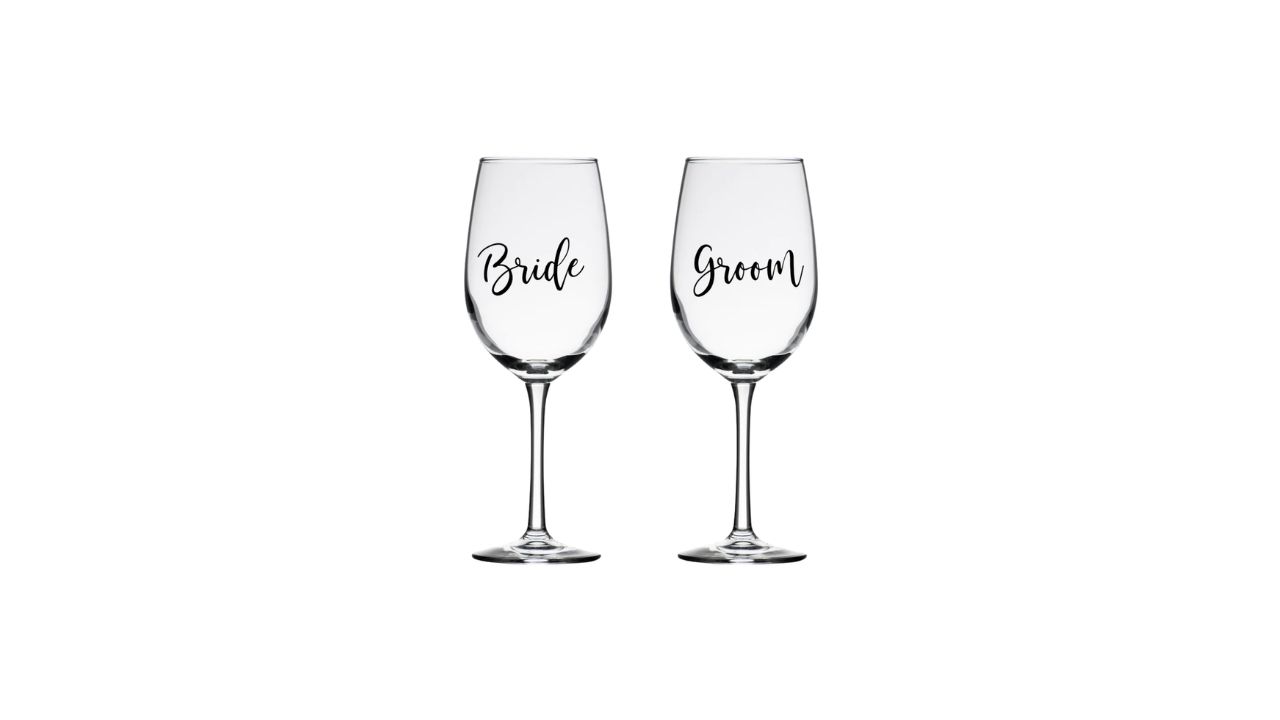
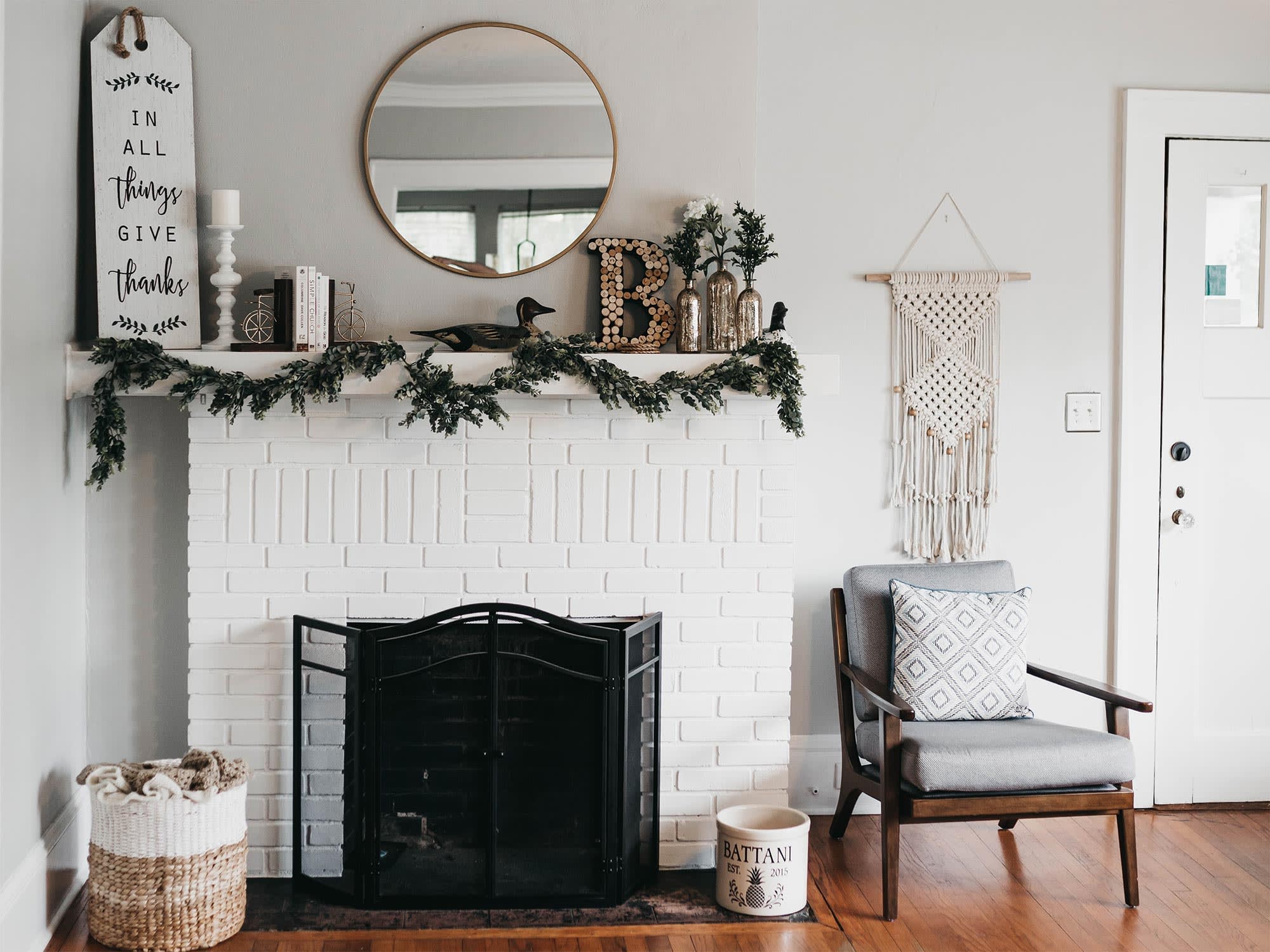
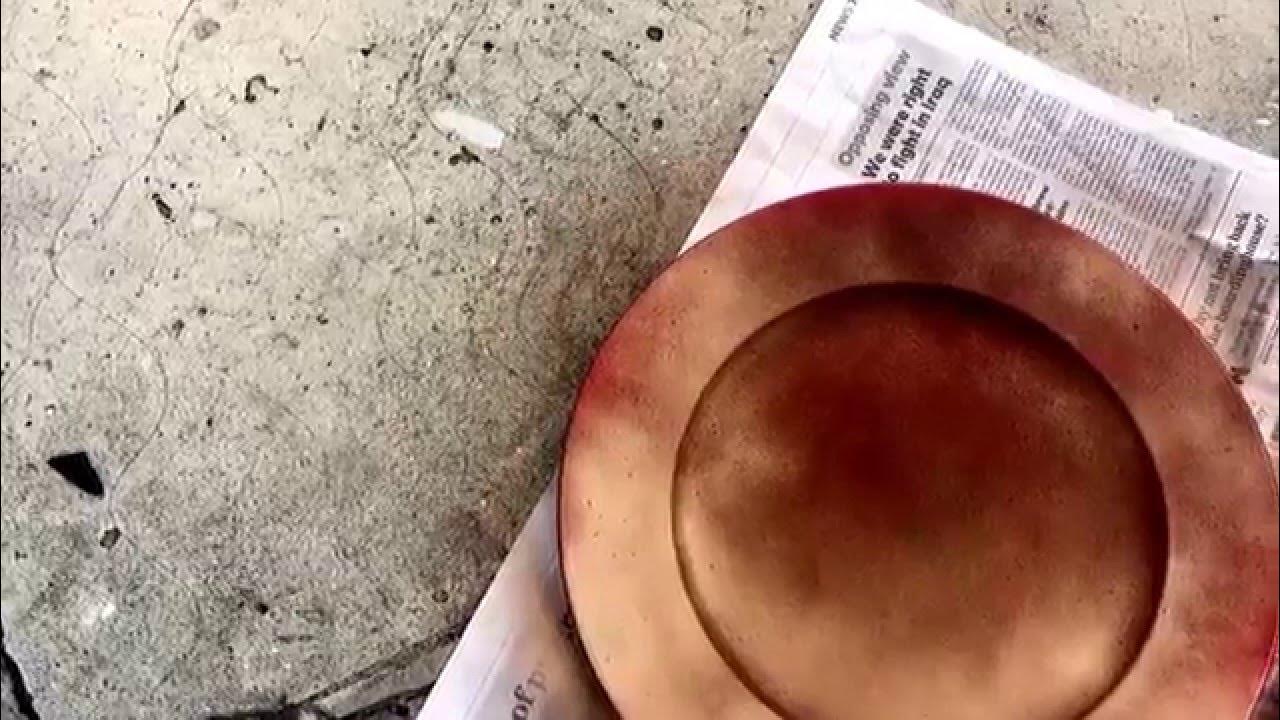
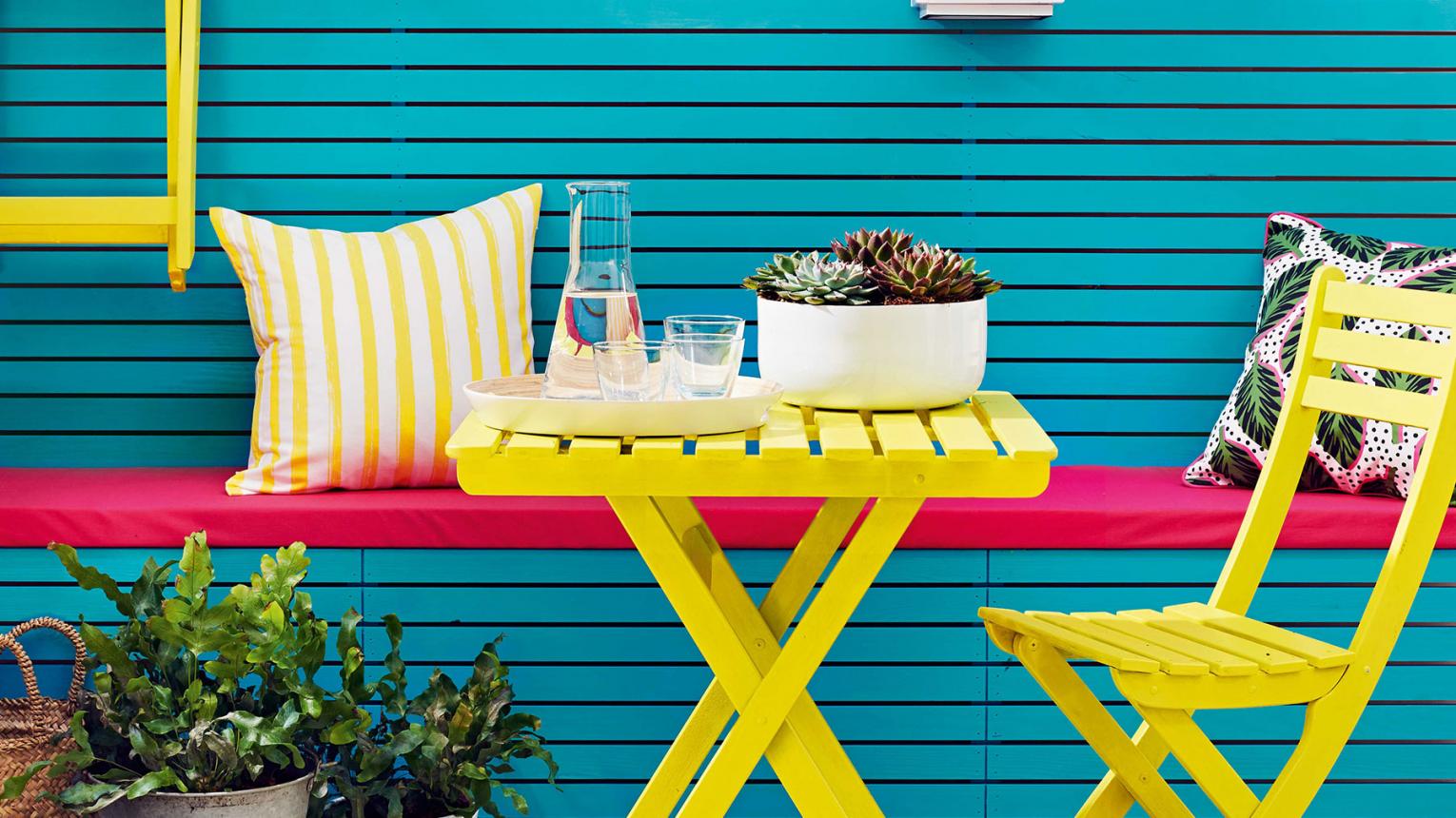
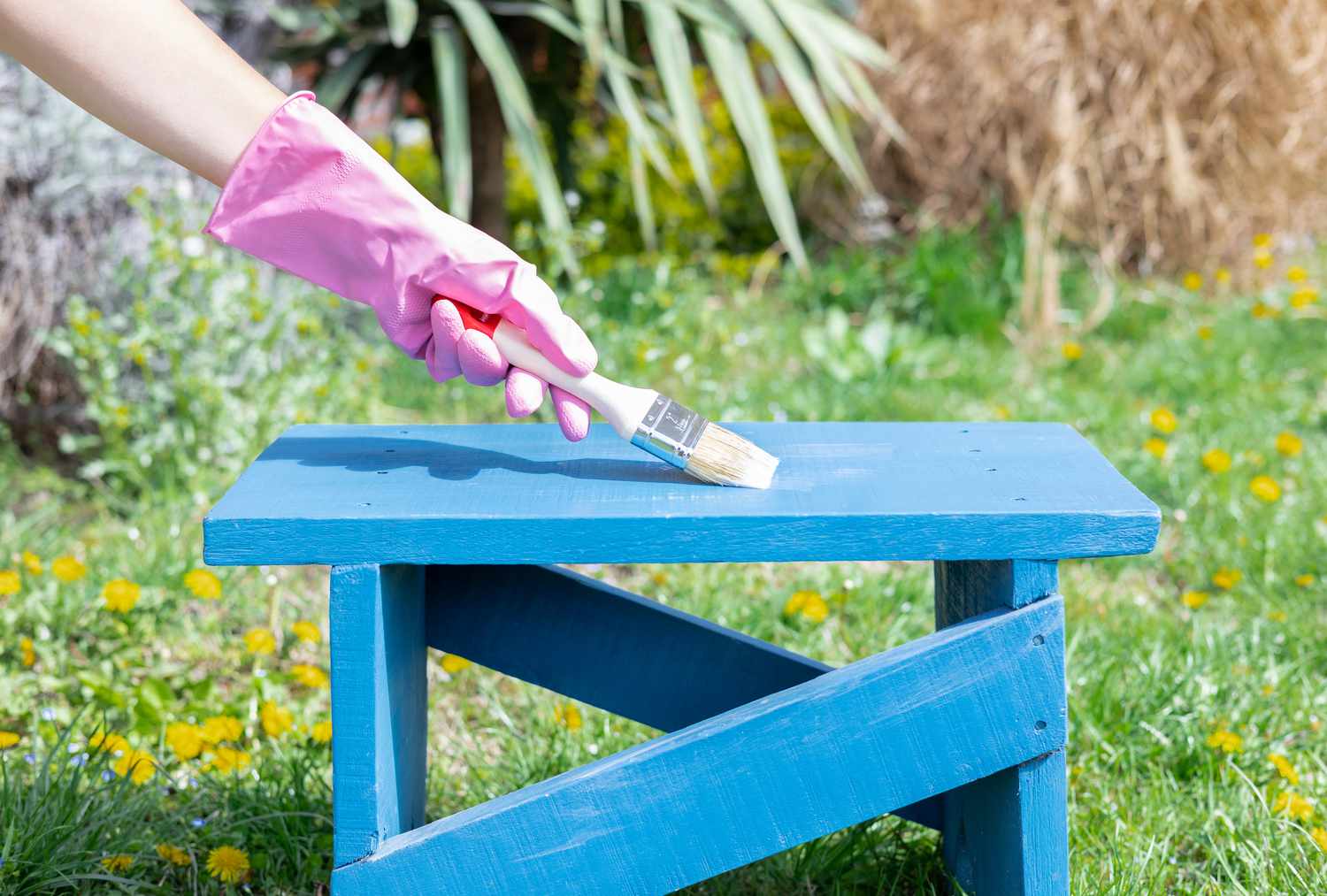
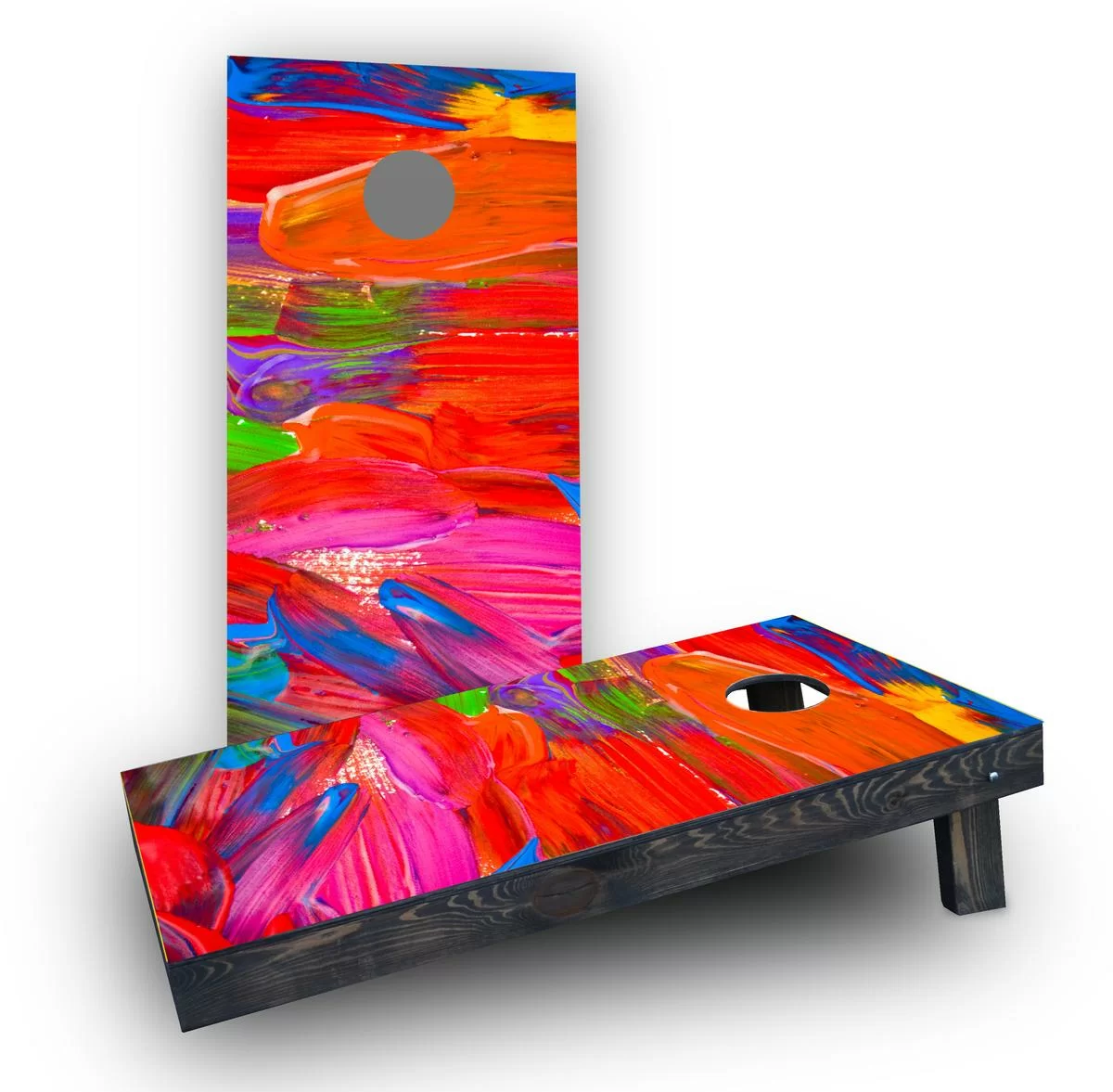
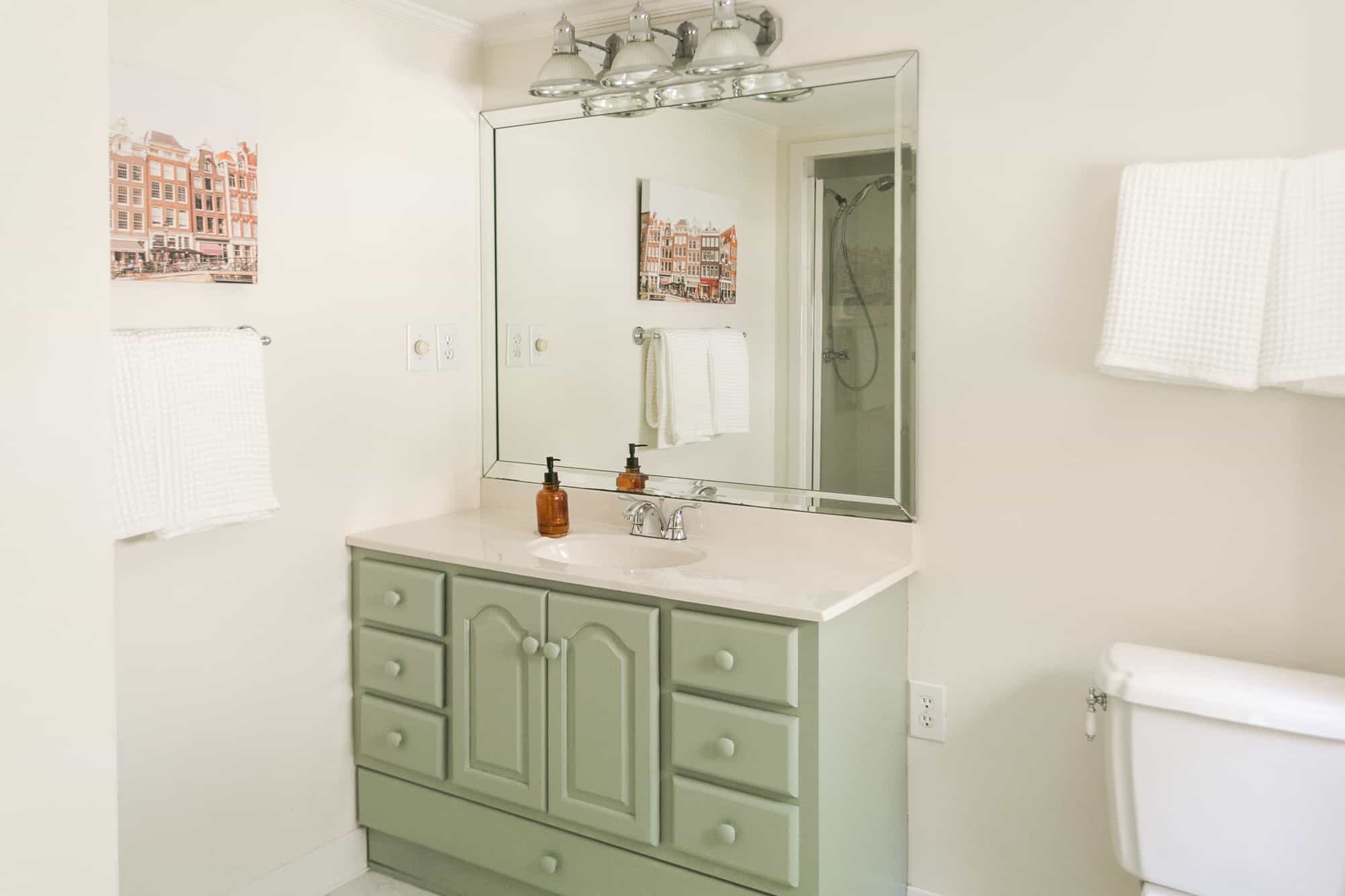

0 thoughts on “What Kind Of Paint Should Be Used For Wine Glasses?”